Storm Damage Repair: Restoring Your Home After the Storm
When a storm hits, it can leave behind a trail of destruction, causing damage to homes, businesses, and landscapes. Whether it’s strong winds, heavy rain, hail, or even tornadoes, the aftermath of a storm can be overwhelming. Knowing how to address storm damage quickly and effectively can save you time, money, and stress. This guide will walk you through the essential steps for storm damage repair and restoration.
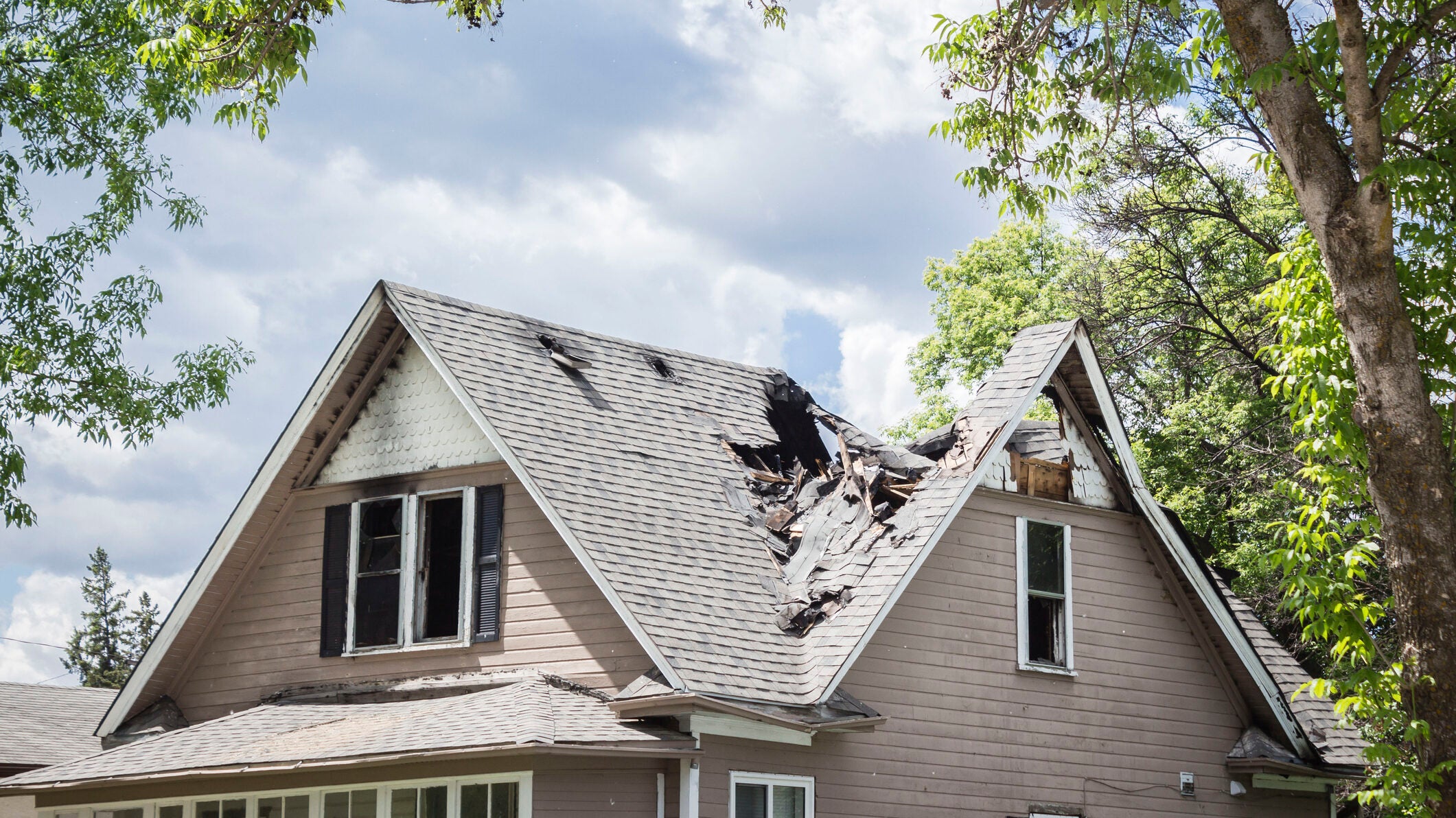
- Assess the Damage
The first step in storm damage repair is to thoroughly assess your property. Check for visible damage to your roof, siding, windows, and doors. Look for fallen trees, flooding, and electrical hazards. If you suspect structural damage, avoid entering the building until a professional inspects it for safety.
- Document the Damage for Insurance Claims
Before making any repairs, take clear photos and videos of all the damage. This documentation will be essential when filing an insurance claim. Contact your insurance provider as soon as possible to report the damage and start the claims process.
- Perform Temporary Repairs
To prevent further damage, make temporary repairs such as covering broken windows with plywood or tarping a leaking roof. If there are exposed electrical wires or gas leaks, contact the appropriate professionals immediately to handle these hazardous situations.
- Hire a Professional Storm Damage Repair Service
While some minor repairs can be done on your own, significant storm damage requires professional expertise. Hiring a licensed contractor ensures that repairs are done correctly and safely. Look for contractors with experience in storm restoration, and check reviews and references before making a decision.
- Roof and Structural Repairs
One of the most common areas affected by storms is the roof. Missing shingles, leaks, and structural damage need immediate attention to prevent further issues like mold and water damage. Professionals will inspect your roof, repair any damage, and ensure your home is weatherproof once again.
- Water Damage and Mold Prevention
Flooding and leaks can lead to water damage and mold growth if not addressed promptly. Dry out any affected areas using fans and dehumidifiers. If the water damage is extensive, consider hiring a water damage restoration company to extract water, dry the area, and treat for mold.
- Repair or Replace Windows and Doors
High winds and flying debris can break windows and damage doors. Replacing shattered glass and fixing frames will help restore security and insulation to your home. If the damage is severe, replacing windows with storm-resistant options may be a wise investment.
- Landscape and Exterior Repairs
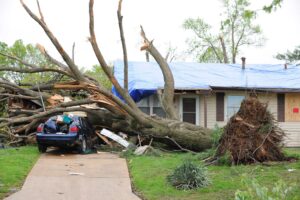 Storms can uproot trees, damage fences, and scatter debris. Remove fallen branches and repair any outdoor structures that were damaged. If necessary, hire a tree removal service to safely take care of large or hazardous trees.
Storms can uproot trees, damage fences, and scatter debris. Remove fallen branches and repair any outdoor structures that were damaged. If necessary, hire a tree removal service to safely take care of large or hazardous trees.
- Prevent Future Storm Damage
Once repairs are complete, take steps to safeguard your home against future storms. This may include reinforcing your roof, upgrading to impact-resistant windows, securing outdoor furniture, and trimming trees near your home.
- Stay Prepared for the Next Storm
Create an emergency plan and keep essential supplies on hand, such as flashlights, batteries, a first-aid kit, and important documents in a waterproof container. Being prepared can make a significant difference when facing future storms.
Storm damage repair can be challenging, but taking swift action and working with professionals can help restore your home and peace of mind. If your property has been affected by a storm, don’t delay—start the repair process today and protect your home for the future.
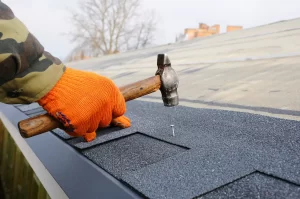 Damaged or missing shingles – Harsh weather conditions like storms, wind, and hail can damage or dislodge shingles, exposing your roof to water penetration.
Damaged or missing shingles – Harsh weather conditions like storms, wind, and hail can damage or dislodge shingles, exposing your roof to water penetration.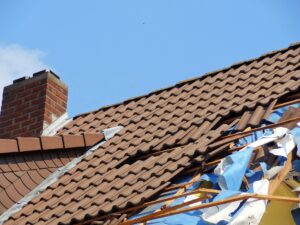 Regular Inspections – Check your roof at least twice a year and after major storms.
Regular Inspections – Check your roof at least twice a year and after major storms.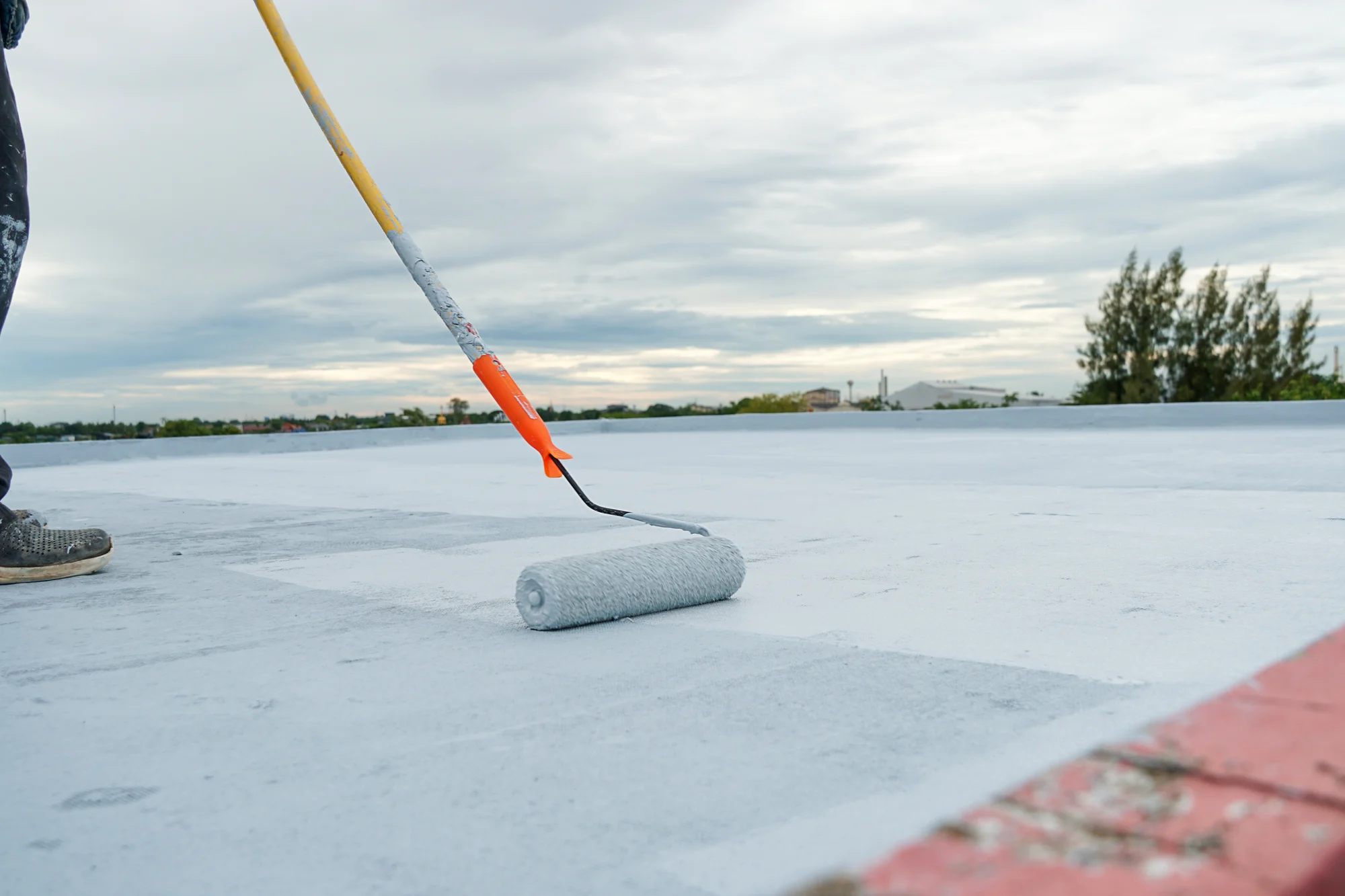
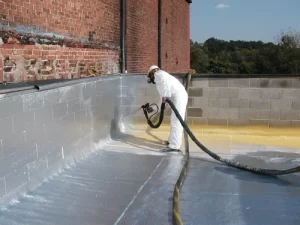 Inspection & Cleaning – Assess the roof for damage, remove debris, and clean the surface thoroughly.
Inspection & Cleaning – Assess the roof for damage, remove debris, and clean the surface thoroughly.